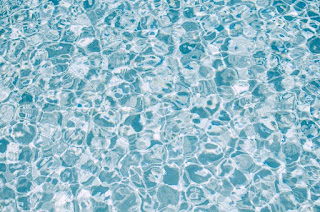I began at the Bode Museum ( http://www.smb.museum/smb/standorte/index.php?lang=en&objID=28 ), which drew me in with a great Numismatics collection. All my previous experiences in Numismatics have centred heavily around Classical coins, especially those of the late Roman Republic, so it was really interesting to see such a wide range coins from different periods and places. My particular favourites in this collection were the coins depicting the Ancient Gods, not only because I know such pieces will come in useful in my future studies, but also because it was fascinating to see varying depictions of the deities in different eras. Another highlight of the Bode Museum was their collection of artifacts from the Byzantine Empire (330-1453AD). I was properly introduced to this era last year, and, like everything new I encounter, I'm keen to find out more about it, through as many mediums as possible. The artifacts on display in this collection were stunning, and really represent the wealth, both financial and cultural, of the Byzantine Empire. As I have mentioned before, my interests do not solely lie in the Classics, so I had a browse through the rest of the collections on display, before heading over to the Neues Museum (http://www.neues-museum.de/).
 | |
| Clockwise from top left: The Bode exterior, and exhibit from the Byzantine collection, one of the cabinets from the Numismatics collection (containing some Classical coins), Puget's Assumption of the Virgin |
The Neues Museum houses the famous Nefertiti bust, in addition to a whole collection of wonderful artifacts, from Rome, Greece, Egypt and Sudan, to mention but a few. Sadly, at the time of my visit, the 3rd floor of the museum, where artifacts ranging from the Stone Age to the Iron Age are kept, was closed, but I still found plenty to do, exploring the other collections on display. The Egyptian collections were particularly interesting. Since my degree focuses upon Ancient Greece and Rome, it was nice to experience a different area of the Ancient World in greater detail, especially since Ancient Egypt has fascinated me for as long as I can remember. I was struck by the sheer scale of the collection on display (there was just so much, I wasn't sure I could do it all in a day-in fact I ended up returning to look at some of my favourite things again), but I think my favourite room was the 'Thirty Centuries' room, which contained artifacts from Egypt spanning the years between 3000BC and 150AD, since I was able to see not only changing artistic styles over time, but also changing social/political perspectives (I'll explore this further in another post!).




Comments
Post a Comment